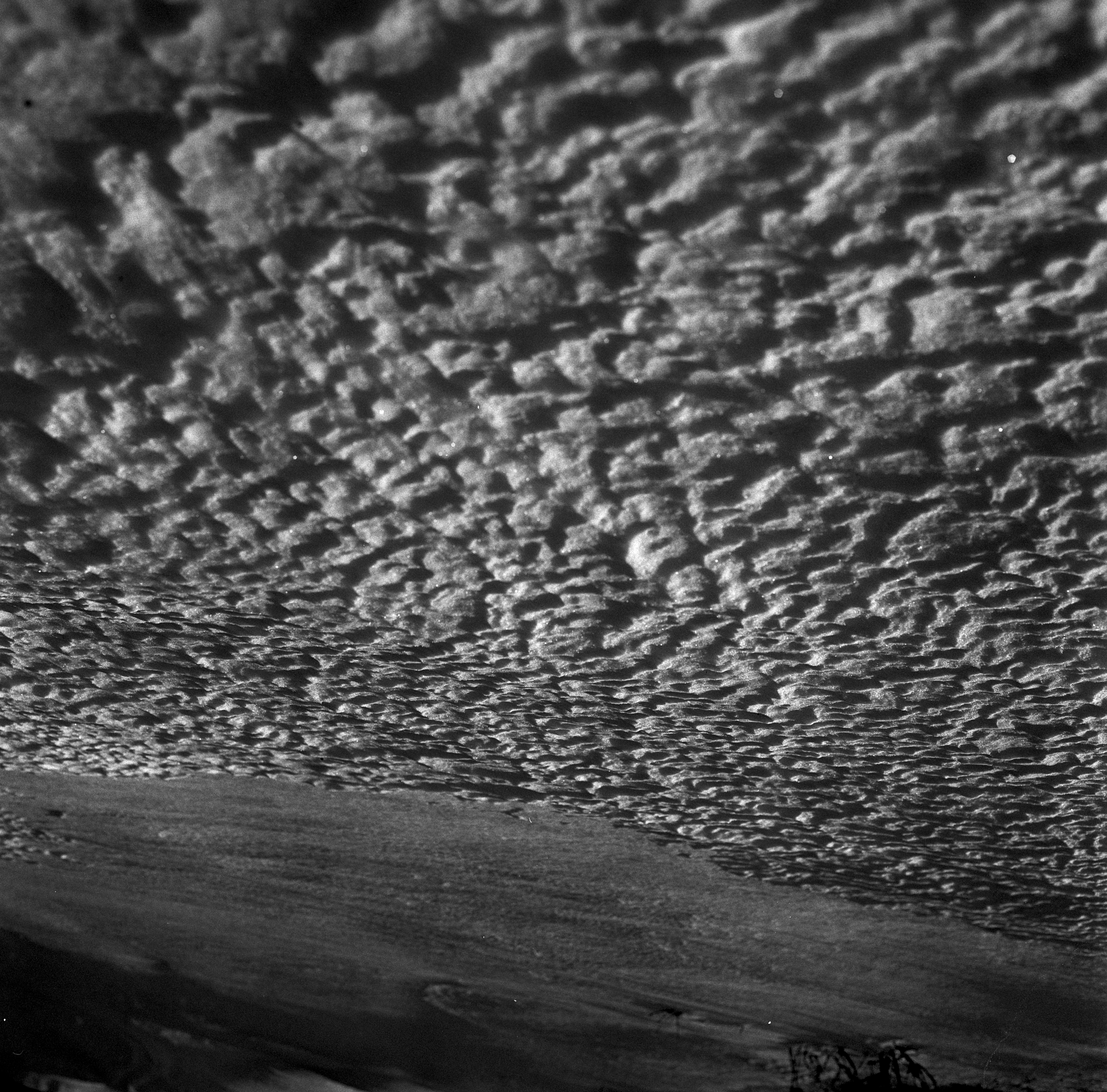What would you consider to be an abstract landscape photo? Something that has no recognizable form? Maybe a unique colour or combination of colours that aren't typically seen? Abstract photography doesn't have a clear definition, but if you don't immediately understand what you are looking at, then you're on your way.

Many "typical" landscape photos are lost in the plethora of images taken worldwide daily. If you want your photos to stand out, composing an abstract image is one way to force viewers to spend more time studying your shot.
Two significant aspects you will want to look at in your photo is shapes and patterns. Search out repetition in the landscape, whether that's in thin cloud strands or tiny buds of spring growth in the ground. You want to find a pattern that the mind quickly grabs hold of and demands attention. Shapes also play a vital role in the abstract, subconsciously implying meaning; squares are strong and resilient, circles and soft and beautiful. Watch out for these shapes and incorporate them into your work.

Objects in nature that resemble other things will make the viewer think twice about what they are seeing. For example, ice is fantastic for freezing in a creeping pattern or containing bubbles that allude to other forms in nature, such as flowers, trees, or branches. You can find these resemblances everywhere in macro or drone photography; nature keeps the same structures in micro and macro scales.
The last piece we have to share to create an abstract image is to slow it down. Quite literally. Using an ND filter can slow motion in the scene to develop gestures that fast shutter speeds and our eyes can't duplicate. Things like water running over sand or rocks, clouds floating dreamily across the sky, or branches whipping in the wind. These are all scenes that, when slowed down, appear far different from how we perceive them.
On a windy day, the branches of smaller or thinner trees can sway quite a lot. The swaying branches can be blurred into something new when using filters and slow shutter speeds. When you see a tree whose base is sharp and clear but emerging from the top is a series of colourful blurred lines, your brain needs a moment to process this unnatural thing. It demands the viewer look at it longer to understand it better.

These simple tips are great building blocks to work off and experiment with to create your ideas and images. So play around with them, see what works for you, and uniquely twist them. And as always, share your photos with us!